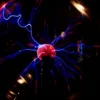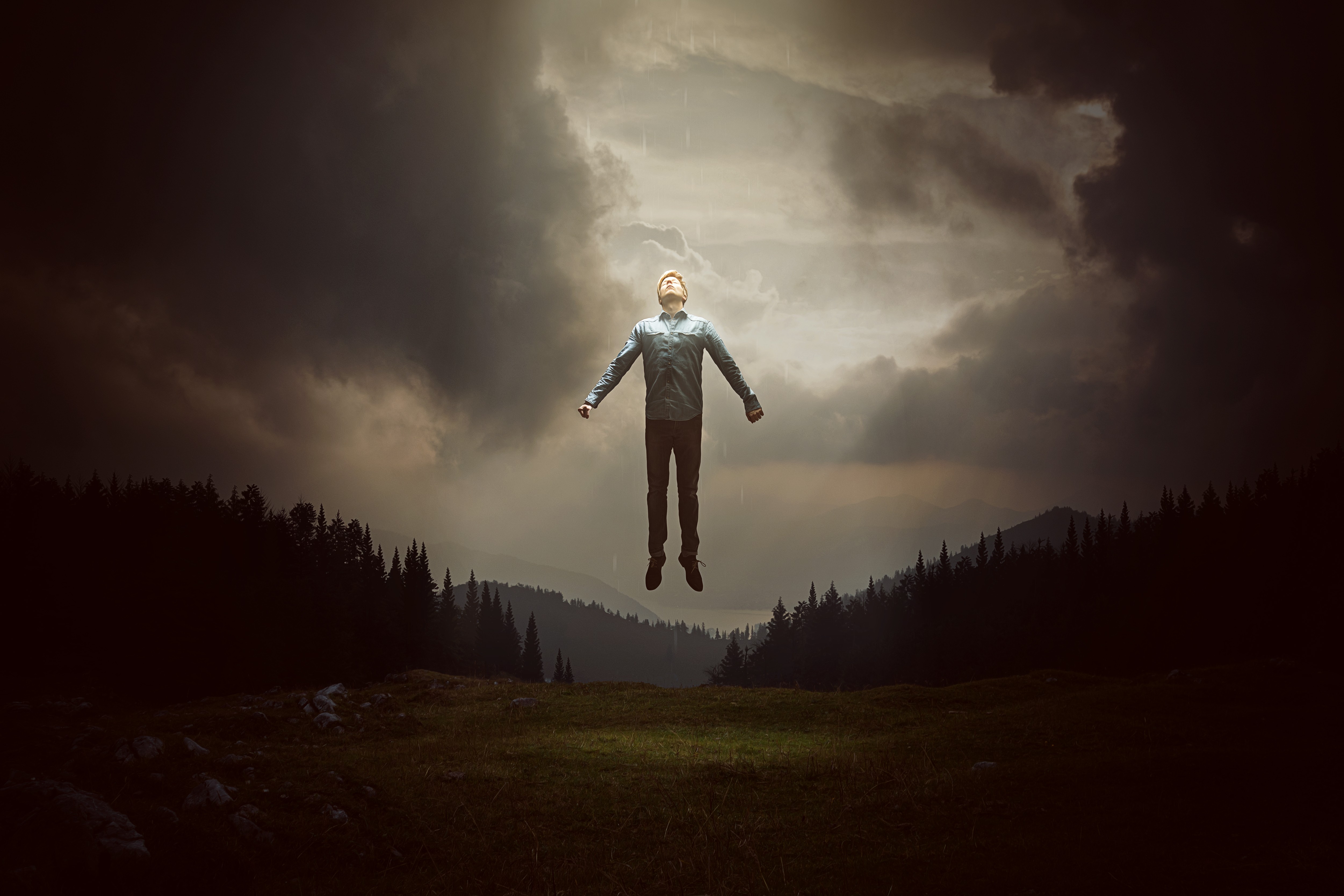They are either scholars who can paint a masterpiece blindfolded in seconds, geniuses who can calculate with the speed and accuracy that only a computer can, or ordinary people who remember every detail of their lives and can put them on a timeline within an hour exactly - people with special abilities are a real asset to society. But certain special abilities go far beyond what many scholars do today and have been researched by science for decades. Here are six examples of people with real "superpowers" that science can't explain.
1. Ingo Swann – remote viewing or remote viewing.
Remote viewing or remote viewing is a person's ability to describe a distant geographic location (several hundred thousand kilometers away from their actual physical location). There is not only one person in the world who is capable of this.
The CIA and NSA, in collaboration with Stanford University, conducted research on parapsychological phenomena. The research spanned more than two decades and included remote viewing. In these experiments, individuals were able to describe three different objects that were in separate space or distant physical locations where they themselves had never been present.
It is a kind of projection of our consciousness outside of our body to another location that is remote from our current physical location.
One of the research participants was Ingo Swann, who was able to successfully describe and show the ring around the planet Jupiter, which scientists at the time had no idea about, nor did they know existed. So is Ingo described the Moon and other strange anomalies within the sphere of parapsychology.
Remote viewing or remote viewing were actually used by intelligence agencies, which is also the reason they invested huge amounts of money and time into this program.
2. Uri Geller – psychokinesis.
Another excellent example comes from the work of expert aeronautical engineer and physicist Jack Houck. Along with the military colonel JB Aleksander, he was responsible for tests of the validity of psychokinesis (moving objects with the mind). In these sessions, participants learned how to initiate psychokinesis by moving metal objects. Individuals could completely hide metal patterns without physical force.
A notable individual is the physicist Uri Geller, who managed to eat during the speech the spoon bent without anyone touching it. The spoon squirmed until he caught it, put it back, and continued his speech.
Whether we think it's a hoax or question the validity of what happened, the fact is that consciousness has some sort of measurable effect on the material world around us.
It is also a good example of this two-slit quantum experiment, a phenomenon that science cannot explain.
3. Stephen Wiltshire.
Stephen Wiltshire, who was diagnosed with autism at the age of 3, is an artist who draws and paints detailed pictures of cities. He is best known for his ability to accurately observe places, grasping them in seconds and then displaying them with incredible accuracy.
READ MORE: Ten astonishing theories that will change our perception of the world
4. Wim Hof or Iceman.
Wim Hof attracted the attention of many scientists after using meditation remained submerged in the ice for two hours, without his body temperature changing. This is remarkable and one more proof that consciousness plays an important role in our body's response to certain situations or ailments.
Successfully maintaining his body temperature in the harsh environment, Wim climbed Mount Everest in shorts, resisted altitude sickness, completed a marathon in the deserts of Namibia without water and demonstrated under laboratory control that he was able to influence his autonomic nervous system and immune system at will.
5. Buddhist monks.
During a visit to remote monasteries in 1980, Harvard medical professor Herbert Besnon and his team of researchers studied a monk who lived in the Himalayan mountains and was capable of sz Tum-mo (yoga technique). raise the temperature of their toes and hands by 17 degrees. It is still unknown how the monks are able to generate such heat.
But that's not all - researchers studied advanced meditators in the Indian state of Sikkim, where they were surprised to find that these monks could lower their metabolism by 64 percent.
In 1985, a research team from Harvard recorded a video of monks who they dry cold and wet sheets with their body heat. It is also not unusual for monks to spend winter nights at an altitude of 5,000 meters in the Himalayas.
So can yoga, meditation and other similar practices unleash our supernatural mental powers?
6. Daniel Tammet.
It was in 2004 Daniel Tammet attracted the public as he recited the mathematical constant pi (3.141...) from memory and thus stated more than 22 thousand decimal places exactly, without error, in five hours and nine minutes. The recital took place at the Museum of the History of Science in Oxford, where Daniel set a European record.
In the same year, he was diagnosed with savant syndrome, which means that a person has certain exceptional talents (which are not usually present in other people) while having average or below average abilities in other areas. This is common among people with autism.
Daniel says that his amazing abilities are not the result of a genetic defect, but rather the result of very rich and complex associative forms of thought and imagination. According to him, autistic thought is an extreme variant of a kind of everyday and ordinary thinking, everything from daydreaming to the use of word games and metaphors.






